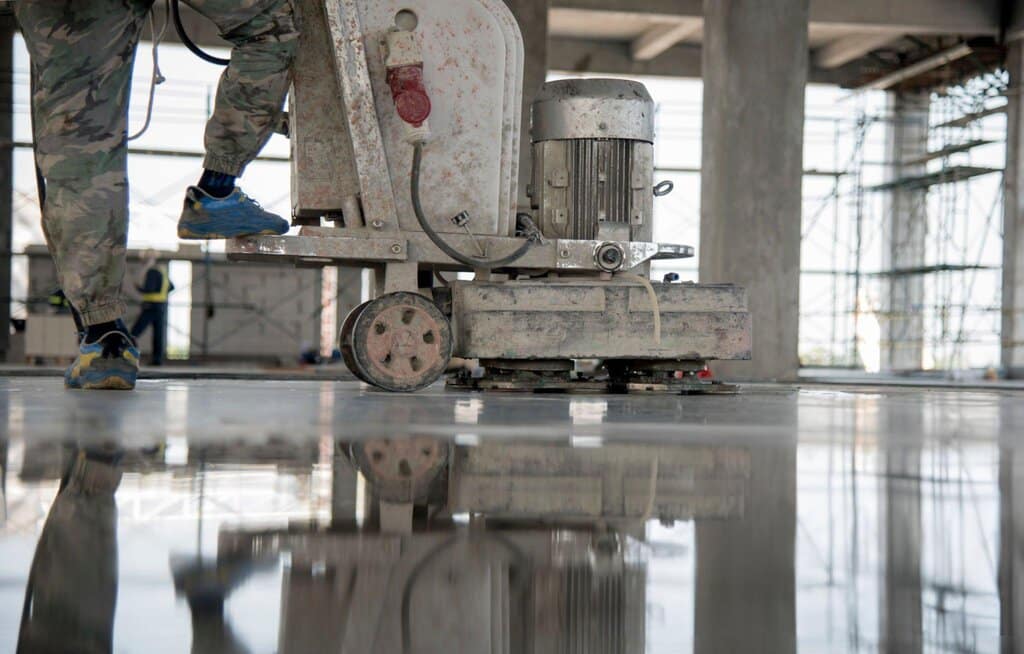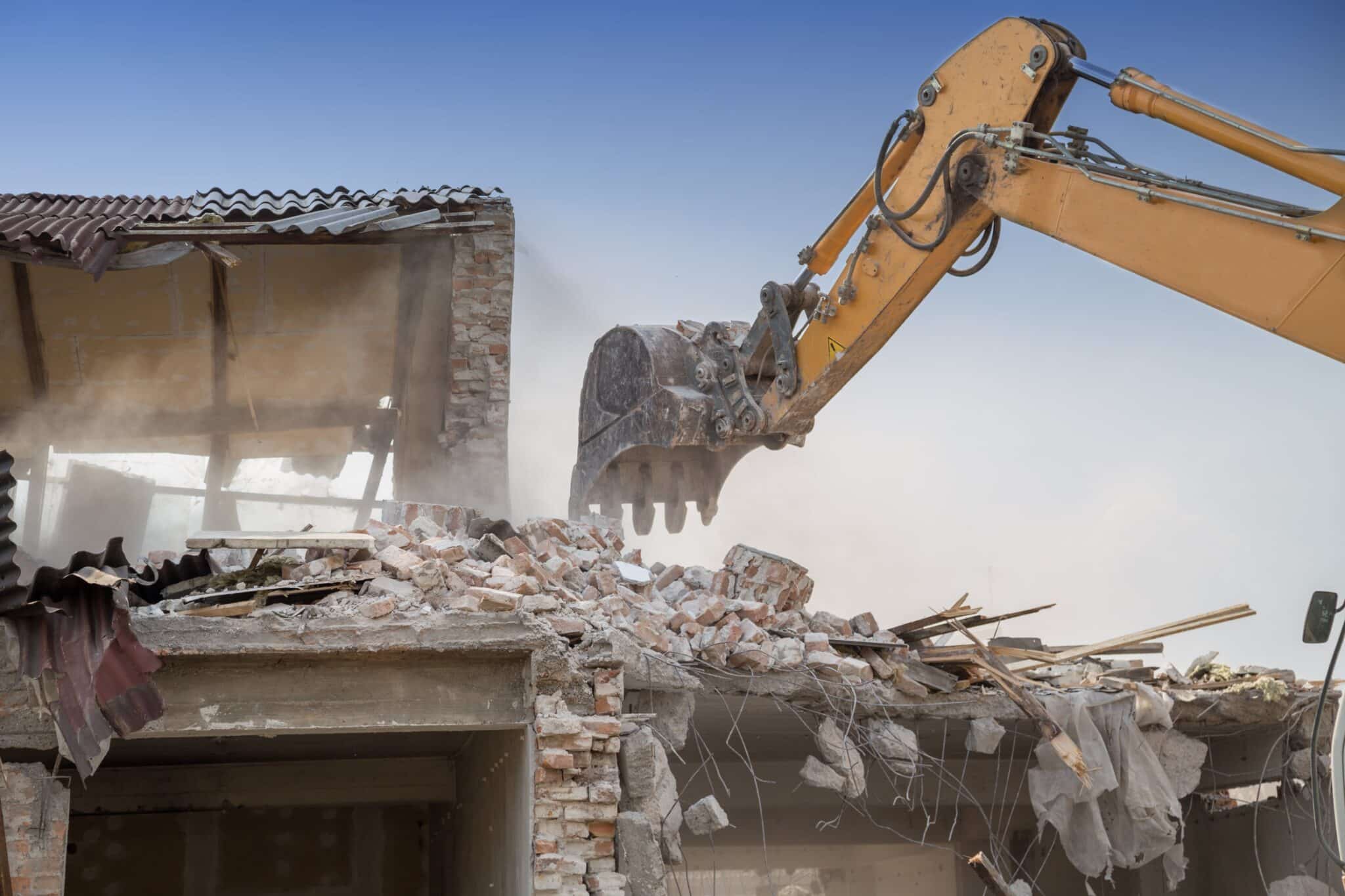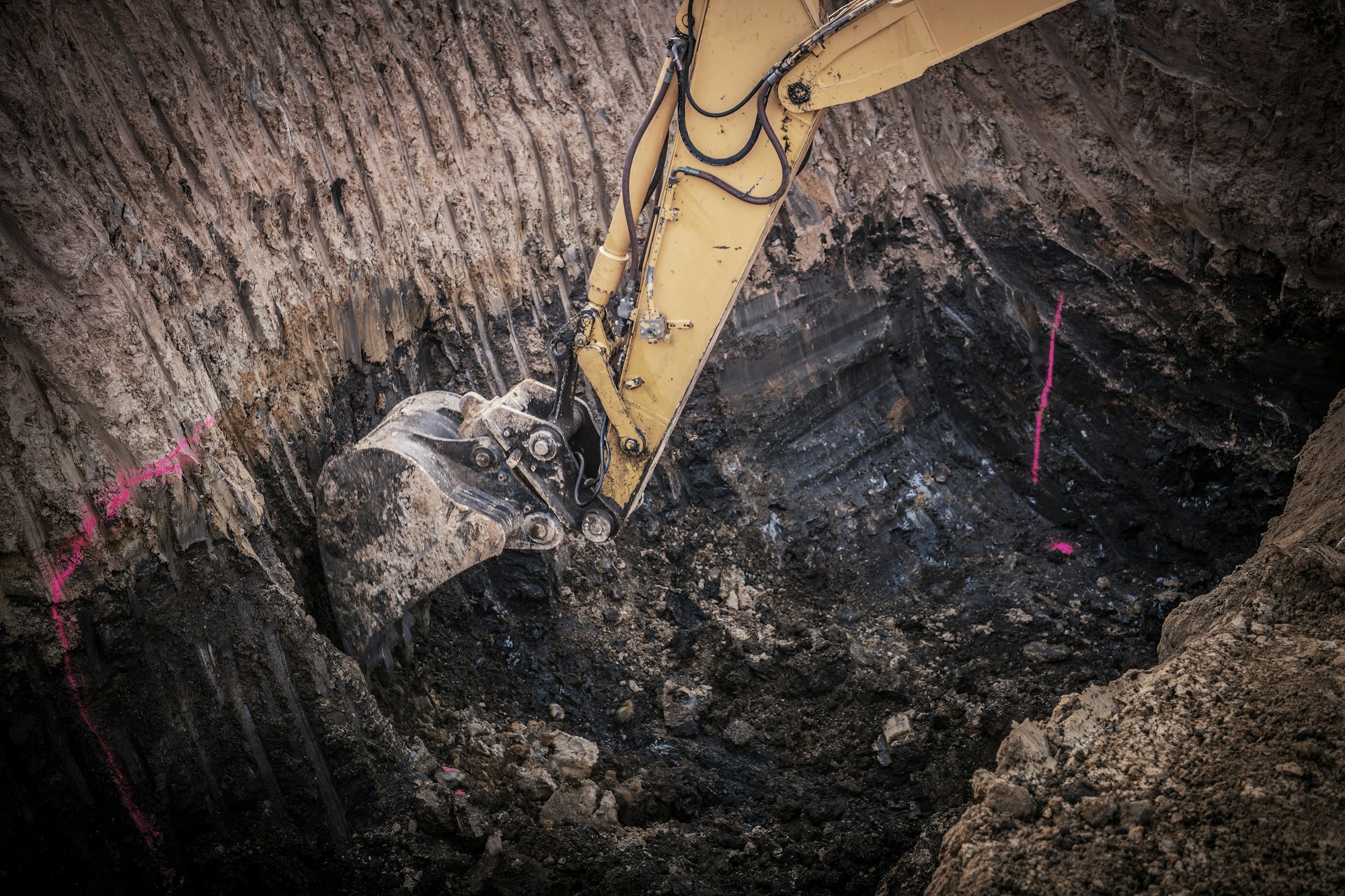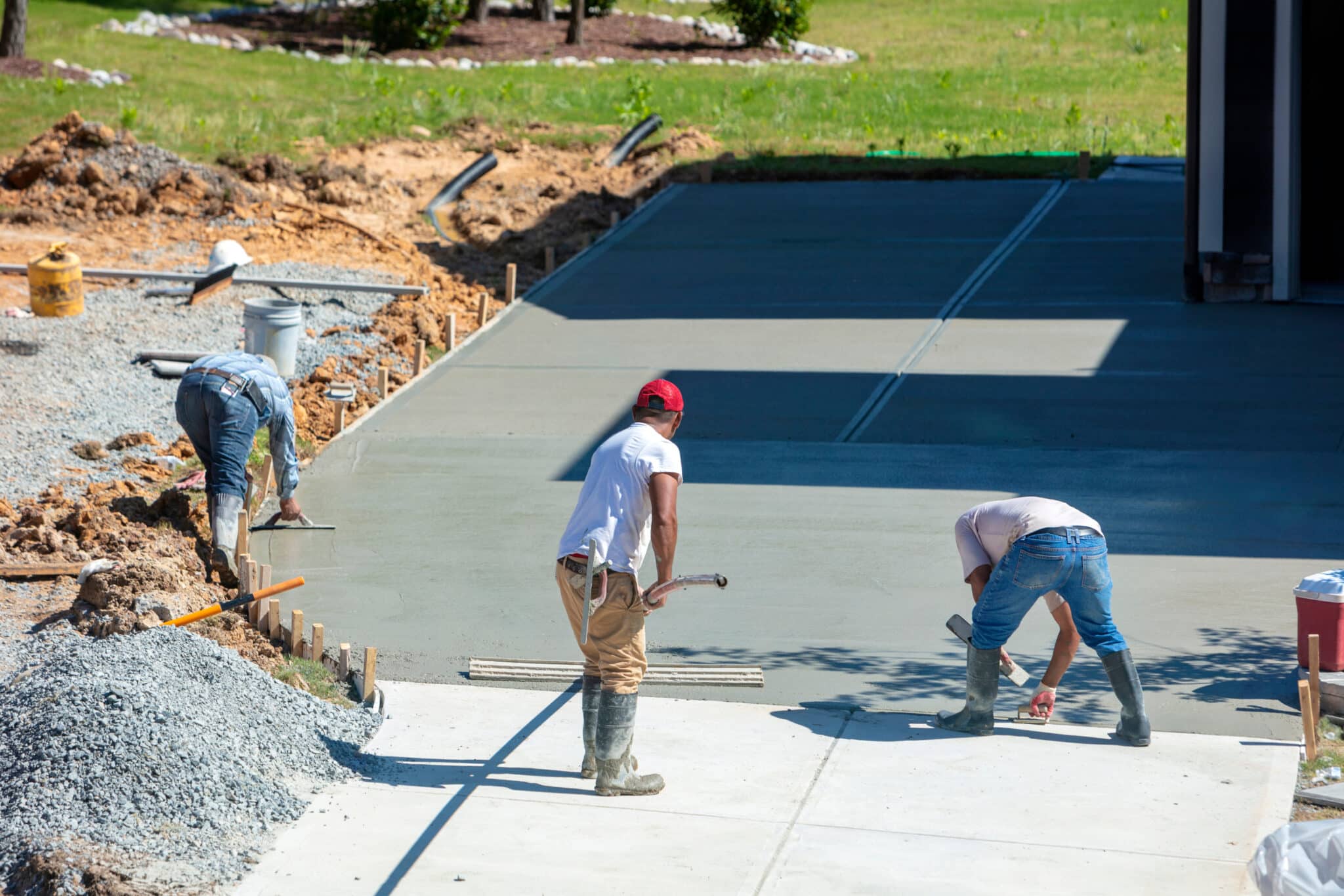Concrete finishing is an essential step in construction that ensures not only the strength but also the aesthetic appeal of concrete structures. Whether it’s a driveway, a sidewalk, or a building foundation, concrete must be finished properly for both functionality and appearance. It’s about achieving that smooth, durable surface that doesn’t just look good but stands up to the test of time and environmental factors. Think about surfaces that consistently endure foot or vehicle traffic; their resilience and style depend heavily on a well-executed finish.
It’s not just a matter of letting the concrete dry and hoping for the best. Proper curing is integral to obtaining a strong finish. The process of curing concrete keeps it moist and at the right temperature, allowing it to reach its full strength. Without careful curing, the surface can crack, become weak, or fail to meet structural demands. Understanding how to cure concrete effectively can prevent common pitfalls and ensure that beautiful, strong results are achieved every time.
Understanding Concrete Curing
Curing is one of the most important parts of concrete construction. It’s the process that allows the concrete to maintain moisture over time, which is necessary for the chemical reactions that lead to hardening. This isn’t something to skip or rush through; proper curing ensures the concrete reaches its potential strength and longevity.
1. Hydration Process: At the heart of curing is what’s called the hydration process. When water is added to cement, it reacts and hardens, binding the entire mixture. This reaction continues over time, contributing to the concrete’s strength.
2. Time and Temperature: The curing process is sensitive to both time and temperature. For effective curing, maintain the right balance to maximize strength. Common practice involves keeping the concrete moist for a period ranging from three days to a week, depending on the weather and conditions.
3. Avoiding Cracks: If the concrete surface dries too quickly, it’s likely to crack. To prevent this, continuous moisture through methods like water soaking or using wet coverings is essential.
Understanding these basics not only helps in ensuring a flawless finish but also contributes to the durability and functionality of the concrete. With concrete curing, patience truly pays off as it creates a final product that is both robust and reliable.
Preparation for Curing
Getting everything ready before you start curing concrete is just as important as the curing process itself. Preparation ensures that the concrete mix is not only balanced but also positioned properly, which is key to achieving a strong finish. The initial steps set the foundation for the curing success.
1. Site Preparation: Make sure the site is clean and free of debris. Any leftover materials or waste can interfere with the concrete curing, potentially leading to cracks or weaknesses in the surface.
2. Mix Proportions: Use the correct ratios of water, cement, sand, and aggregate. Too much water can weaken the concrete, while too little can make it difficult to work with, impacting the final finish.
3. Weather Considerations: Take the weather into account. If it’s too hot, concrete can dry out too quickly, whereas cold weather might slow down the curing. Plan accordingly with tools like shading materials or heaters.
By carefully preparing these aspects, you lay the groundwork for effective curing. It’s a bit like setting up for a big event; attention to these details can make all the difference in the outcome.
Techniques for Effective Curing
Once the concrete is poured and prepped, choosing the right curing techniques helps it develop optimal strength and finish. There are several methods available, and your choice will depend on the project specifics, like size, location, and environmental conditions.
– Water Curing: This involves keeping the concrete wet by spraying it with water at regular intervals. It’s suitable for large, flat areas. Make sure to cover the wet surface with water-absorbent materials like burlap to keep it from drying out too quickly.
– Membrane Curing: Apply a sealing membrane over the concrete to hold moisture. This is useful in warmer climates where evaporation is fast. Apply the membrane evenly using a sprayer for best results.
– Curing Compounds: Chemical compounds can be applied to form a film over the concrete surface. They act like a temporary barrier, helping in retaining moisture and improving the curing process. It’s essential to follow manufacturer’s instructions for application methods and timing.
Choosing the right technique based on the project’s conditions not only protects the concrete but also ensures a finish that’s both strong and reliable.
Common Mistakes to Avoid
Avoiding pitfalls in the curing process is just as important as following the right steps. Here are some frequent errors and how to steer clear of them:
– Starting Curing Early or Late: Timing matters a lot. Begin the curing process when the surface has set enough to avoid marking, but don’t wait so long that it starts to dry out. This balance helps in achieving a smooth finish without cracks.
– Ignoring Weather Conditions: Overlooking the impact of weather can lead to a weak surface. Always make adjustments for temperature and moisture levels as needed.
– Neglecting Even Coverage: Whether using water or curing compounds, ensure an even application. Uneven coverage can lead to inconsistent strength and surface texture.
By keeping these pointers in check, you improve the chances of ending up with a high-quality, durable concrete finish.
Achieving a Strong Concrete Finish
Curing concrete might seem straightforward, but the nuances of preparation, proper techniques, and timely execution are what make the difference. It’s like baking bread—follow the recipe and mind the details, and you’ll have a perfect loaf. Skim corners, and you risk a flat, tasteless result.
A strong concrete finish isn’t just about aesthetics. It provides a reliable surface that withstands daily wear and tear, enhances safety, and adds value to any property. Whether you decide to handle the process yourself or seek professional services, understanding these fundamentals will help you make informed decisions, ensuring that your concrete stands the test of time.
Understanding the ins and outs of creating strong, reliable surfaces is key to the success of any concrete project. For those looking to ensure a top-tier result without the hassle, consider the professional solutions offered by McMichael Waste Services. Our team is equipped to handle every aspect of concrete finishing, making sure your project is completed with precision and care. Whether you’re working on a small patio or a large commercial slab, we focus on long-lasting durability and a clean look tailored to your needs.









